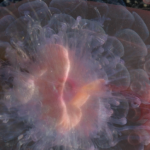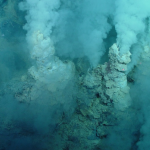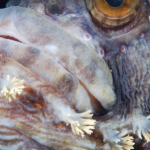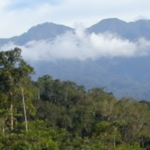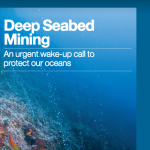Source: gulfnews.com
Author: Suzanne Goldenberg
This is the last frontier: the ocean floor, 4,000 metres beneath the waters of the central Pacific, where mining companies are now exploring for the rich deposits of ores needed to keep industry humming and smartphones switched on.
Continue reading Race for riches on ocean floor



